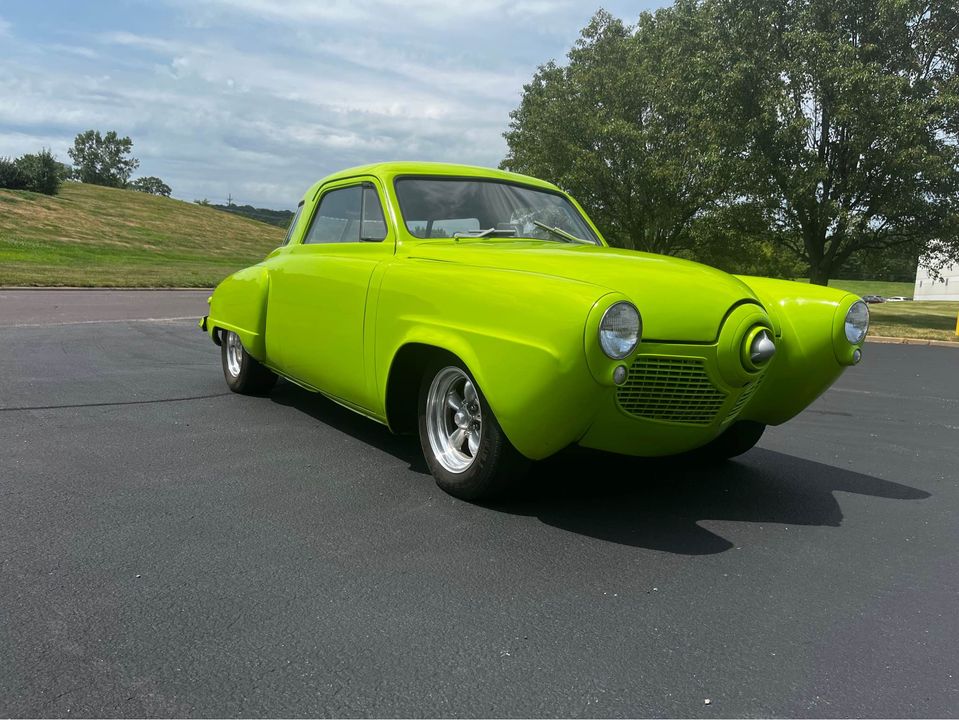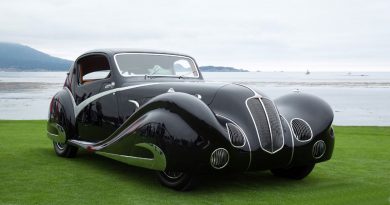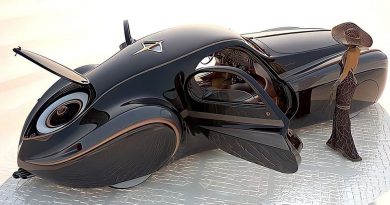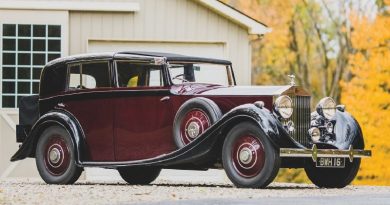1947 Studebaker Starlight
The Starlight coupe is a unique 2-door body style that was offered by Studebaker Corporation of South Bend, Indiana (United States) from 1947 to 1955 on its Champion and Commander model series. It was designed by Virgil Exner, formerly of Raymond Loewy Associates.
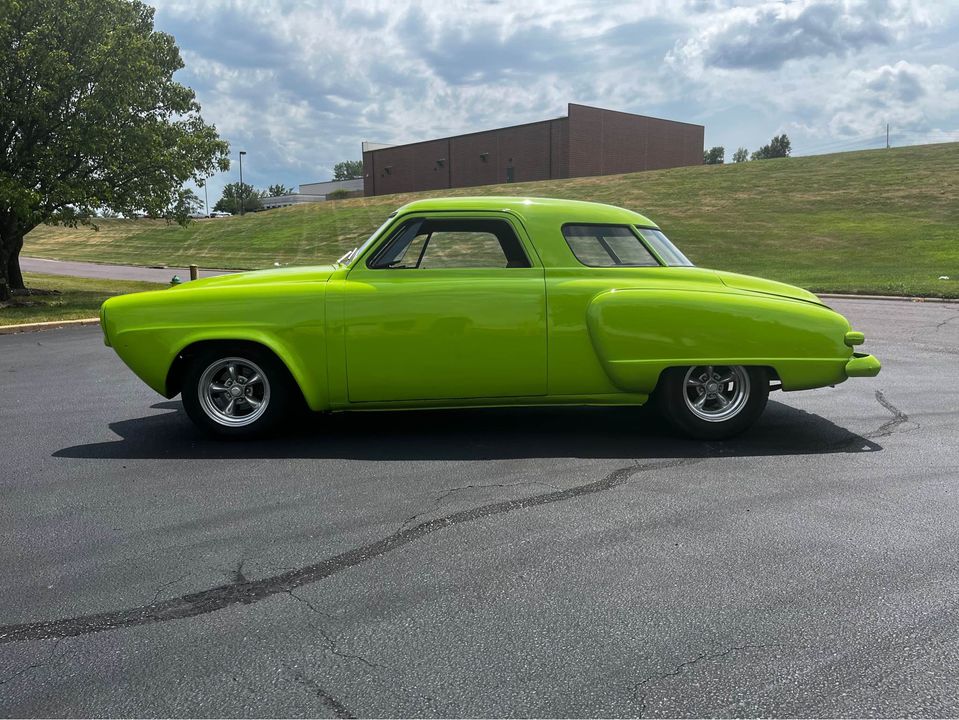
Unlike other pillared two door sedans which use two side windows separated from the rear window by roof supports, designer Robert Bourke of Raymond Loewy’s design team created a rounded (at the rear) roof with a wraparound window system that provided a panoramic effect, similar to a railroad observation car. The curved window was achieved with four fixed panels of glass. The roof was supported by two wide pillars (sometimes referred to as “C” pillars) immediately behind the doors and in front of the wraparound back window. The body style was named Starlight.
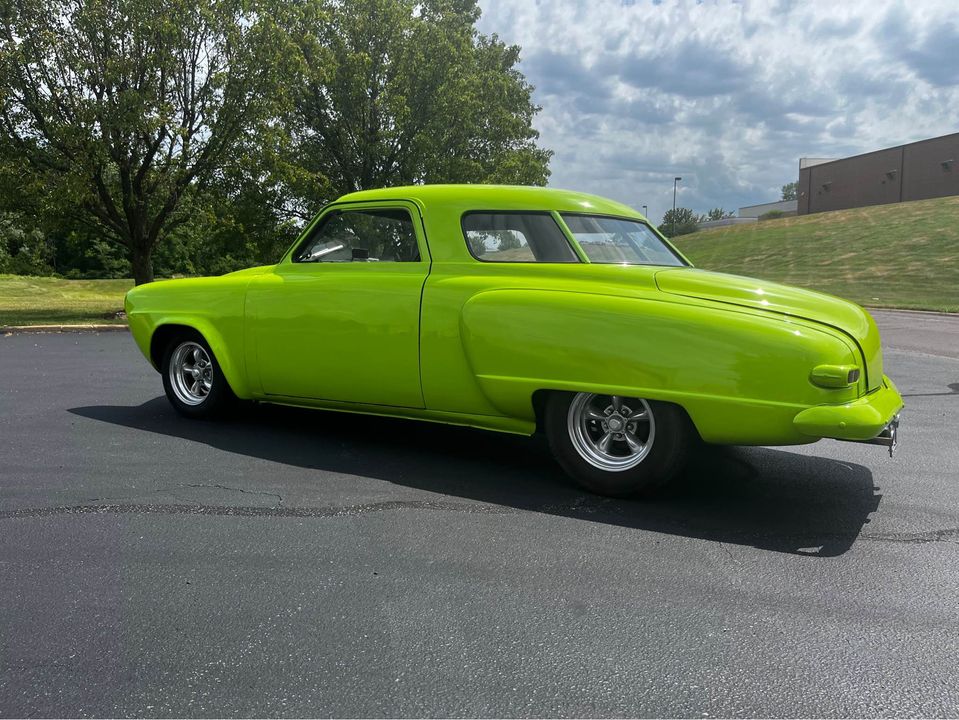
Critics of the radically styled models commented by asking the rhetorical question, “Which way is it going?” 1 (Fred Allen quipped: ‘Next year Studebaker is coming out with a model that you won’t be able to tell if it is going sideways’.) However, the car’s unique profile provided the Studebaker marque with an easily recognized model. While considered revolutionary, other United States automobile manufacturers failed to follow with other similarly styled cars and instead focused their attentions on developing pillarless hardtop models.
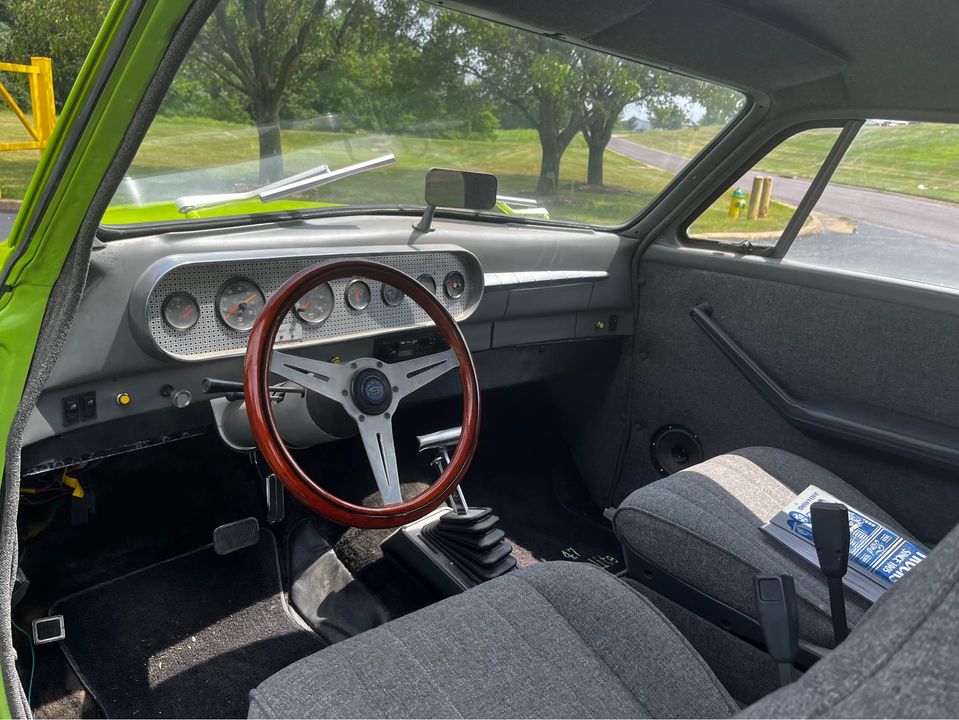

All Studebakers for 1947 were powered by reliable but undistinguished L-head sixes of prewar origin. The senior Commander and Land Cruiser featured a 226.2 CID six rated at 94 hp, while the Champion sported a petite 169.6 CID engine with 80 hp. One trademark Studebaker feature in those days was a driver convenience called Hill Holder.

Studebaker continued to use the Starlight and Starliner names until the end of the 1955 model run.
